The diversity of cat breeds encompasses many physical characteristics, among which tail length varies significantly. While some breeds boast long, expressive tails, others are known for their notably short tails or lack thereof. These unique tail traits can result from genetic mutations, selective breeding, or natural evolution. Short-tailed breeds often carry a distinct charm and history, adding to the rich tapestry of the feline world. This article explores seven cat breeds with the shortest tails, delving into the genetics, history, and personality traits that make each breed unique. Additionally, we’ll highlight why mixed breeds and rescues, regardless of their tail length, also make excellent companions, showcasing that physical attributes do not measure love and affection.
1. Highlander
Highlander cats are known for their striking appearance, which includes a short, thick tail that can be straight or curled. This breed emerged from a crossbreeding program that aimed to create a domestic cat with a wild look, resulting in large, muscular cats with a friendly disposition. Highlanders have an engaging personality, being both playful and affectionate with their families. Their short tails, often with a noticeable kink or curl, add to their unique aesthetic, making them stand out among other breeds.
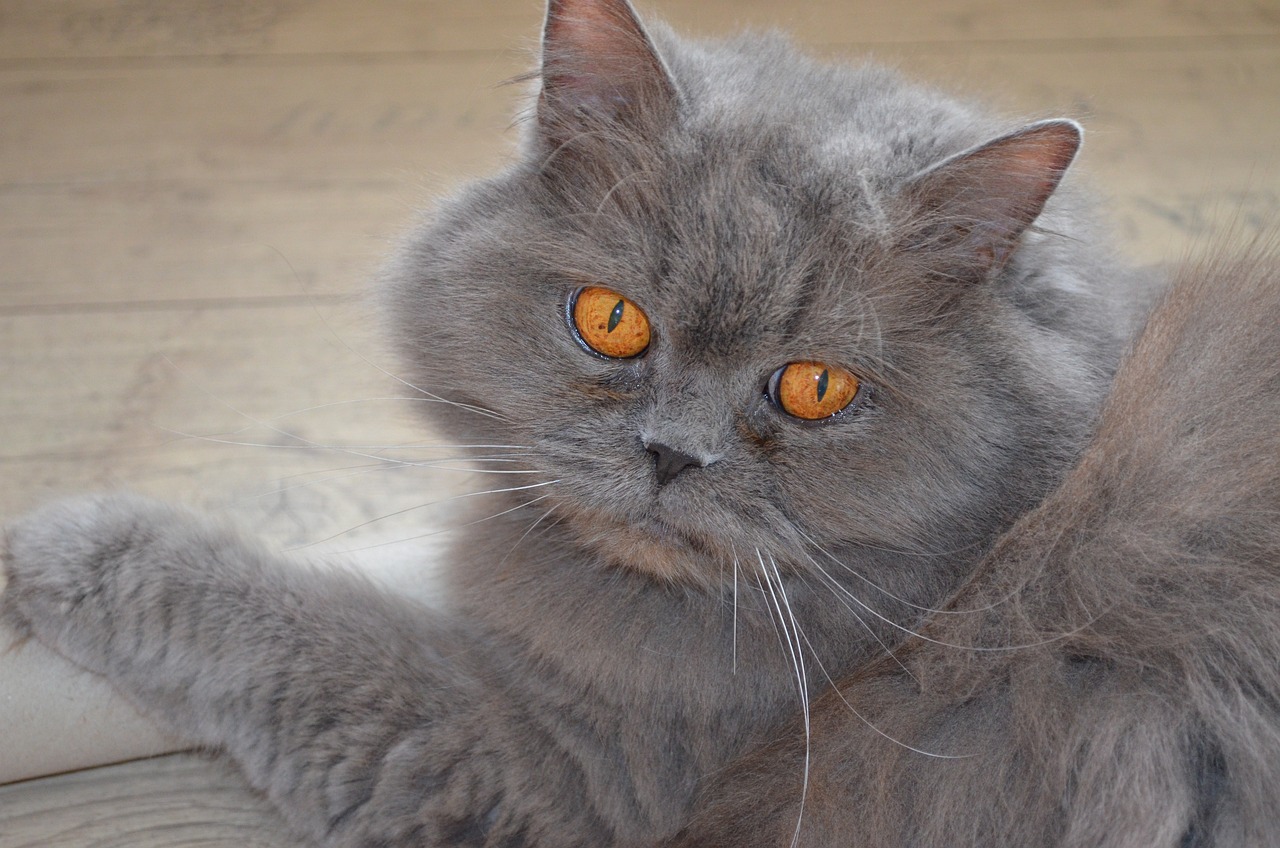
2. Scottish Fold
While the Scottish Fold is primarily known for its unique ear folding genetic trait, this breed can also exhibit a shorter than average tail. The tail’s length and flexibility can vary, but some Scottish Folds have notably shorter tails due to the same genetic mutation that affects their cartilage. This breed is characterized by its round face, soft coat, and gentle nature. Scottish Folds are sociable, loving cats that enjoy being involved in every aspect of their human companion’s life. They are known to be very playful and can be quite vocal in their requests for attention or food. It’s important for potential Scottish Fold owners to be aware of the breed-specific health issues related to their unique genetics, including potential for cartilage problems.

3. Siamese (Traditional)
Traditional Siamese cats, also known as Applehead Siamese, can sometimes exhibit a shorter tail, though not as consistently as the other breeds mentioned. This trait can vary within the breed, with some individuals having a slight kink or shorter length than the typical long, whip-like Siamese tail. Traditional Siamese are known for their striking blue almond-shaped eyes, point coloration, and a loving, vocal personality. They are extremely social, often forming a deep, loyal bond with their owners and disliking being left alone. While their tail length can vary, it is their affectionate nature and striking appearance that have made them a long-standing favorite among cat lovers.
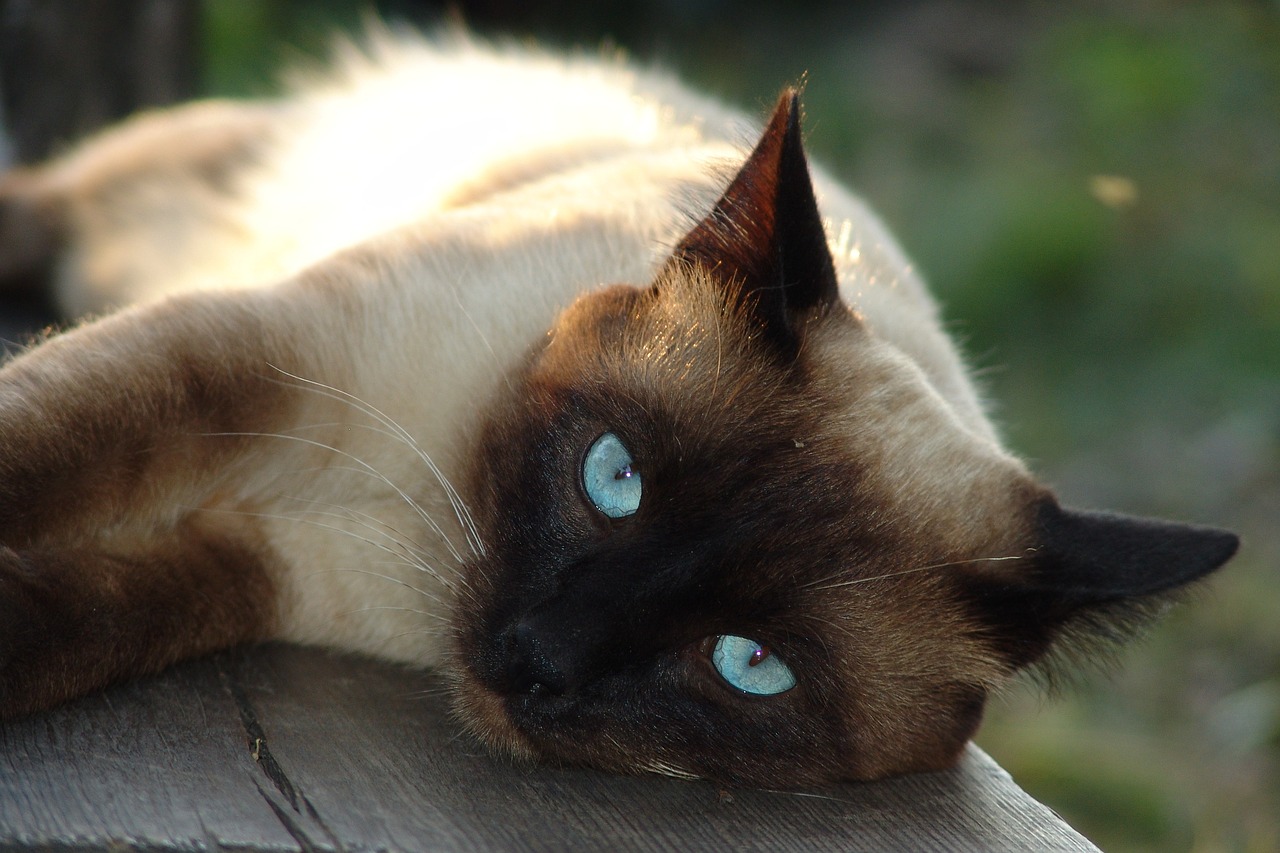
4. Kurilian Bobtail
The Kurilian Bobtail, hailing from the Russian islands of Kuril and Sakhalin, is another breed with a naturally short tail, each uniquely shaped and curled in its own way. The breed is known for its strong physique, excellent health, and hunting prowess. Kurilian Bobtails are highly sociable, playful, and intelligent, often forming strong bonds with their human families. Their short tails, ranging from a slight curve to a full spiral, add to their distinctive charm.
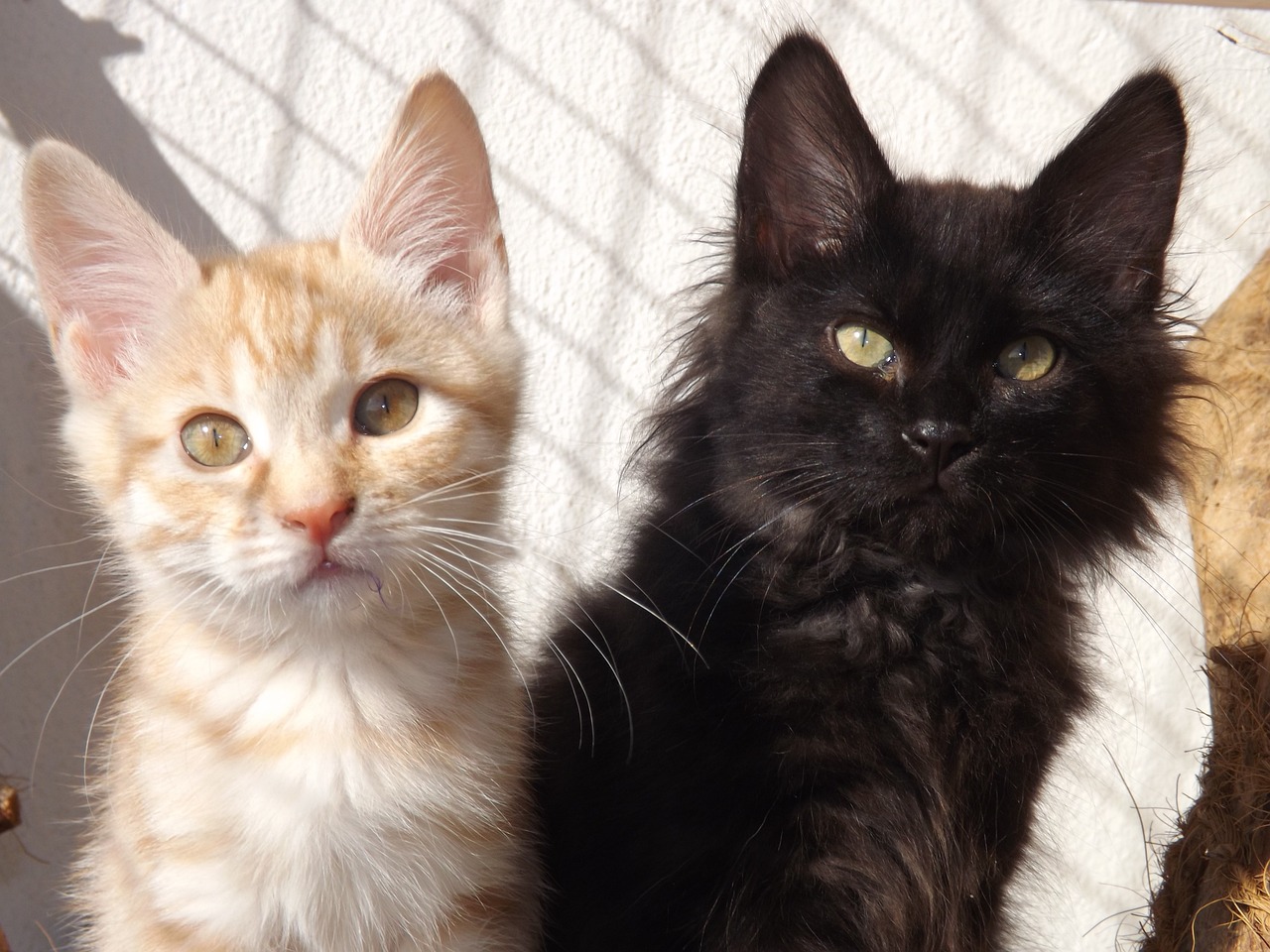
5. Pixie-bob
The Pixie-bob breed is believed to have originated from the natural mating of a bobcat and a domestic cat, although this is more myth than fact. Characterized by their bobbed tails, which can be as short as 2 inches, Pixie-bobs have a rugged look, with a muscular build and a wild demeanor. Despite their appearance, they are gentle, loyal, and great with families, often described as “dog-like” in their behavior, enjoying walks on a leash and playing fetch.
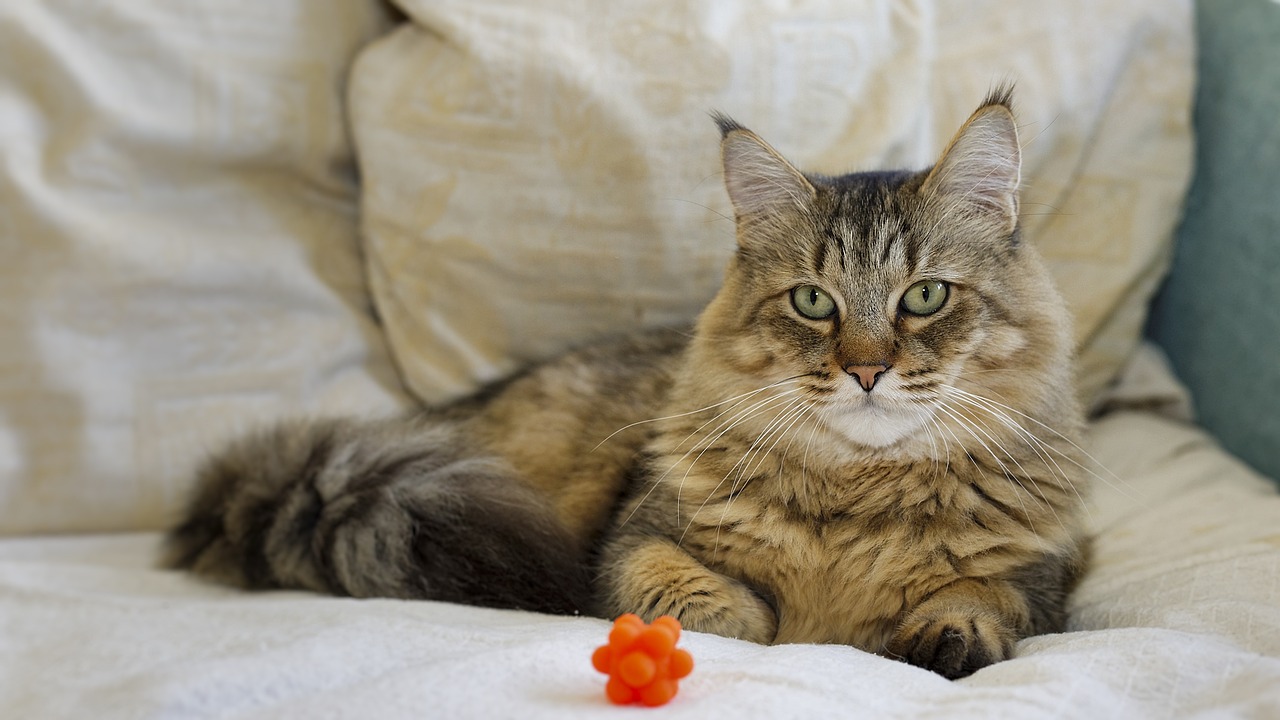
6. British Shorthair
The British Shorthair, known for its dense coat, round eyes, and chubby cheeks, can also have a shorter tail in comparison to other cat breeds. This breed’s tail is thick at the base, tapering to a rounded tip, but is generally shorter and in proportion to its cobby body. British Shorthairs are renowned for their easygoing nature, making them suitable pets for families and singles alike. They are not as demanding of attention as some breeds but appreciate affection from their owners. Their robust build and calm demeanor, along with the short tail, contribute to their teddy bear-like appearance, making them a popular and beloved breed.
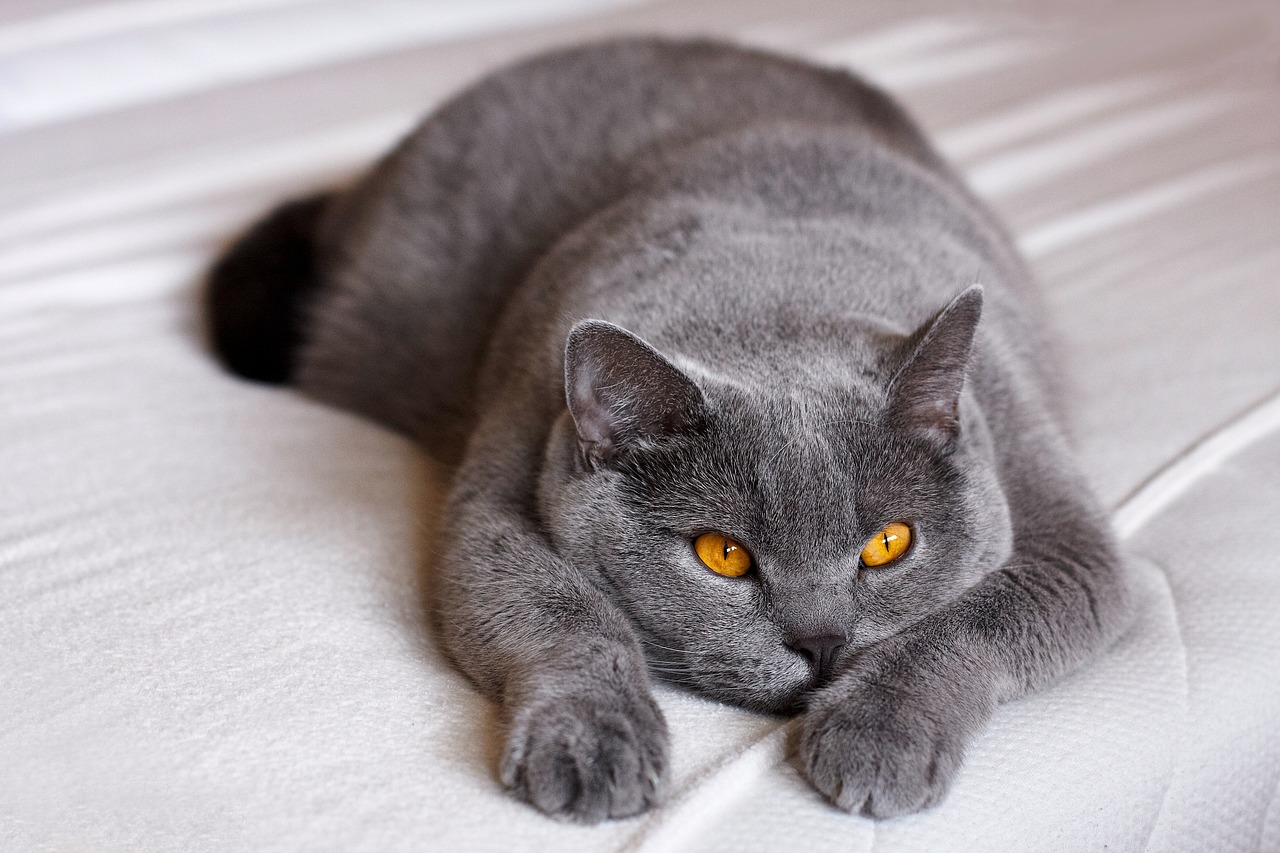
7. Bombay
The Bombay cat is characterized by its sleek, black coat, resembling a miniature panther, and its tail is medium in length but can appear shorter due to its close-lying fur. Bombays are affectionate, sociable, and enjoy being the center of attention. They are known for their playful nature and often seek out human interaction. Their tail, while not as short as other breeds mentioned, complements their compact, muscular build, contributing to their overall exotic appearance. Bombays are adaptable, making them suitable for various living environments and a loving addition to any home.
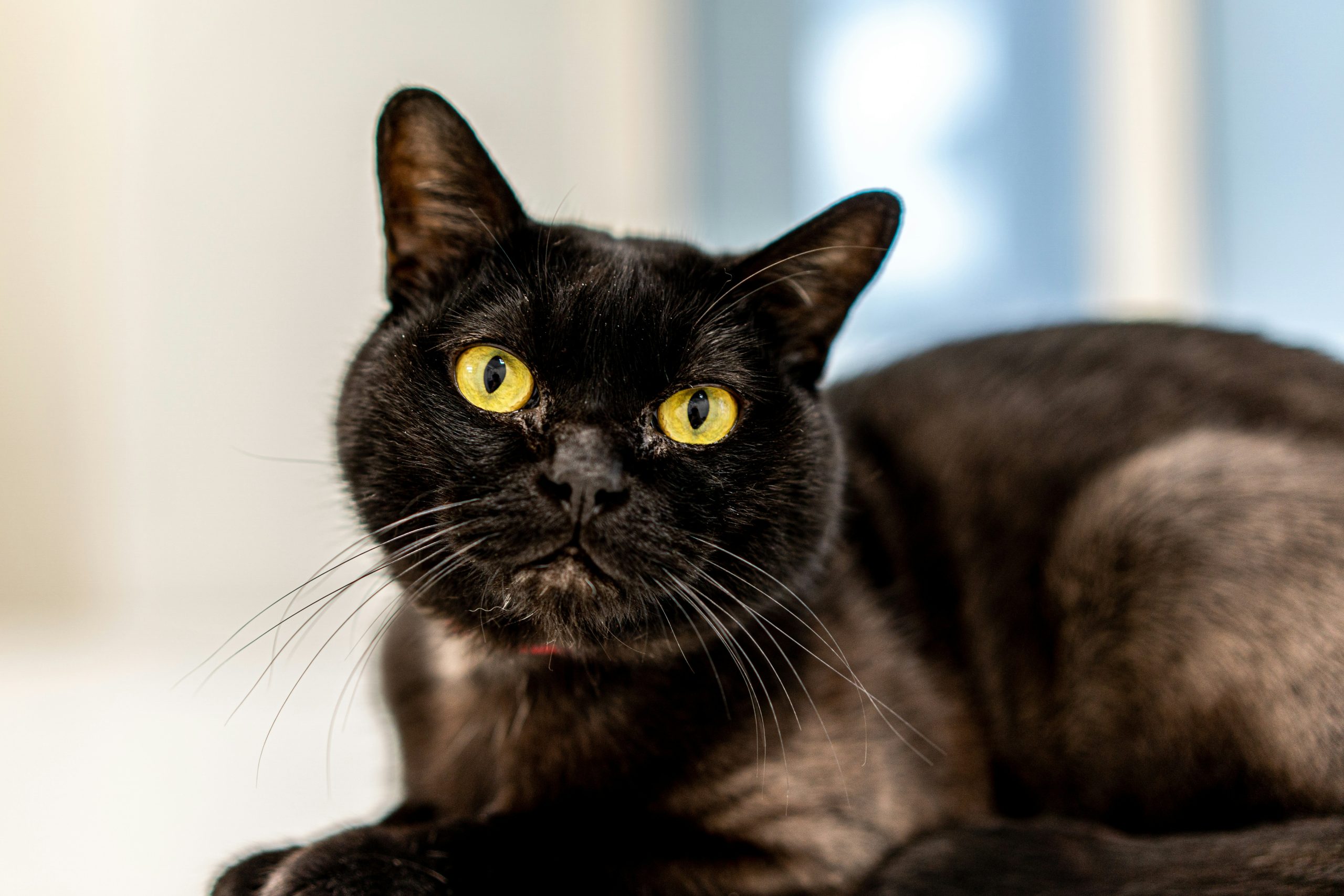
Mixed Breeds and Rescues
Mixed breed cats and rescues can also exhibit short-tailed or tailless traits, either through genetic inheritance or as a result of injury. Adopting a mixed breed or rescue cat offers the opportunity to provide a loving home to a cat in need, regardless of its tail length. These cats can possess a wide array of charming qualities and the potential for a strong, affectionate bond with their owners, proving that a cat’s value goes far beyond physical characteristics.
In conclusion, cat breeds with short tails offer a fascinating glimpse into the genetic diversity and adaptability of felines. Whether through natural mutation or selective breeding, these breeds have developed unique appearances and endearing qualities that make them beloved companions. However, it’s important to remember that all cats, regardless of breed or tail length, are capable of providing love, joy, and companionship. Mixed breeds and rescues, with their own unique stories and characteristics, are equally deserving of admiration and a forever home.

